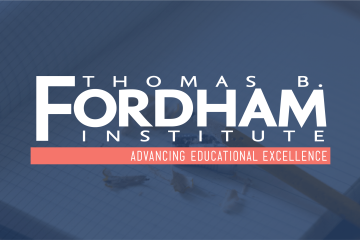A recent release from the Education Commission of the States reminds us that the term “virtual school” refers to several different types of educational options, and that the ecosystem—more important now than ever before—requires specific attention and support from policymakers.
The four main types of virtual schools are charter schools, single-district schools, multi-district schools, and state schools. Governance structures vary across the typologies, with a variety of agencies and actors responsible for oversight and implementation, including state education agencies and state boards of education, charter school authorizers, local education agencies, and third-party providers.
Charter schools constitute nearly half of all full-time virtual schools in the U.S. and have the largest enrollment share. As of January 2020, more than twenty states permitted virtual charters (with more potentially on the way). Their operation and governance are generally akin to brick-and-mortar charters, with a mix of nonprofit and for-profit management organizations. Single- and multi-district virtual schools are rarer and clearly different from charters. Virginia and Tennessee, for example, permit a district or group of districts to contract with entities that meet state standards to serve as the online provider while the districts maintain oversight. The Florida Virtual School (FVS) is the prime example of a state-sponsored virtual school. It is run by a governor-appointed board with oversight from the state department of education. And the pandemic pivot to remote learning has allowed it to expand far beyond the Sunshine State.
A quick rundown of recent research on virtual education leads with the bad news that a raft of studies have shown that students in virtual charters experience weaker academic growth, increased mobility, and lower graduation rates than their brick-and-mortar peers. Specifically, virtual schools that focus on independent study and asynchronous instruction with limited student engagement and teacher contact time, high student-teacher ratios, and a reliance on family support for learning all experience poorer academic outcomes. However, evidence also suggests that course content and student motivation matter greatly. A Michigan study showed that part-time virtual students—those supplementing in-person learning with specific online content—fared better than their full-time virtual counterparts, while a study of FVS found far stronger positive outcomes for non-traditional students working on credit recovery versus traditional, first-time course takers.
The guide ends on a reasonably positive note by providing evidence that state-level policy levers are an effective means by which to implement improvements to virtual schools. State-level standards for school—and in the case of charter virtual schools, for their authorizers, too—can support research-driven initiatives, such as differentiated instruction and student-teacher contact time; flexible definitions of attendance and progress monitoring; teacher training and licensure requirements designed specifically for remote instructors; and funding mechanisms that prioritize virtual-specific needs, such as one-to-one student technology access, in-person testing, and at-home enrichment activities.
No state is pulling out all of these various stops, but best practices from across the country are described in the guide. Prior to the plague, virtual schools were expanding in a slow and organic way. The policy infrastructure to properly support them was, perhaps, lagging behind, but the right moves were being made in that regard. While the recent explosion of virtual schooling was involuntary, exponential expansion is inevitable, even after the Covid danger has subsided. Now is the time to make sure we understand how virtual schooling works best and make sure states guarantee the highest functionality of virtual options for all families who want it.
SOURCE: Ben Erwin, “A Policymaker’s Guide to Virtual Schools,” Education Commission of the States (November 2021).




